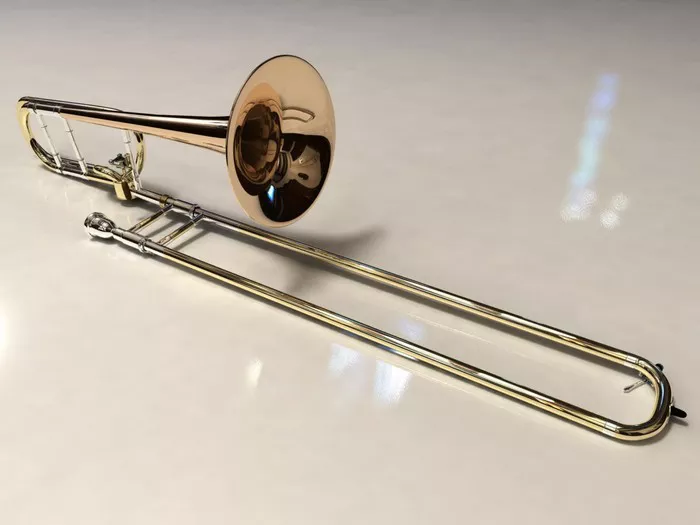Brass instruments have played a pivotal role in the history of music, enriching compositions with their distinctive sound and versatile range. Among the brass family, the trumpet and trombone stand out as iconic instruments, each with its unique characteristics. One question that often arises among music enthusiasts is, “Which came first, the trumpet or the trombone?” In this article, we delve into the historical roots of these instruments, exploring their evolution and shedding light on their intriguing timelines.
The Trumpet: A Timeless Beacon of Brilliance
The trumpet, with its brilliant, piercing sound, has been a key player in the world of music for centuries. Its origins can be traced back to ancient civilizations, where early forms of trumpet-like instruments were used for ceremonial and military purposes. The ancient Egyptians, Greeks, and Romans all had their versions of the trumpet, typically crafted from bronze or other metals.
The medieval period saw the refinement of the trumpet, as it transitioned from a ceremonial instrument to an integral part of musical ensembles. The addition of valves in the 19th century marked a significant advancement, allowing musicians to achieve a wider range of notes with greater ease. This evolution transformed the trumpet into a versatile instrument capable of both majestic fanfares and delicate melodies.
Trombone: The Majestic Slide of Musical Expression
The trombone, known for its unique sliding mechanism, brings a sense of majestic expression to musical compositions. Its history can be traced back to the Renaissance period, where early versions of the instrument, known as sackbuts, were prominent in both sacred and secular music. The sackbut featured a telescoping slide, allowing musicians to alter the pitch smoothly.
As the centuries progressed, the trombone underwent various modifications, with the addition of valves in the 19th century further expanding its capabilities. The trombone found a home in orchestras, concert bands, and jazz ensembles, contributing its rich, resonant tones to a wide range of musical genres.
Unraveling the Chronological Puzzle: Trumpet or Trombone First?
The question of which instrument came first—trumpet or trombone—requires a nuanced exploration of their respective timelines. While both instruments share ancient roots, the trumpet can be considered the predecessor in terms of early development. Ancient civilizations embraced trumpet-like instruments for military and ceremonial purposes, setting the stage for the trumpet’s evolution into a musical instrument.
On the other hand, the trombone, in its early sackbut form, emerged during the Renaissance, placing it in a later historical context compared to the trumpet. The trombone’s development gained momentum in the following centuries, with the addition of valves in the 19th century contributing to its modern form.
Parallel Evolution: Trumpet and Trombone in Harmony
Despite their distinct histories, the trumpet and trombone have often walked parallel paths, complementing each other in various musical settings. Orchestras, brass bands, and jazz ensembles frequently feature both instruments, showcasing their unique qualities in harmony. The trumpet’s bright, piercing tones can soar above the ensemble, while the trombone’s rich, resonant slides add depth and emotion to the musical landscape.
The Modern Era: Trumpet and Trombone Flourish Side by Side
In the contemporary music scene, both the trumpet and trombone continue to flourish, each contributing to the rich tapestry of sound in diverse genres. From classical orchestras to jazz combos, these instruments remain essential components of musical expression.
Advancements in materials and manufacturing techniques have further refined the trumpet and trombone, enhancing their playability and tonal characteristics. Musicians today benefit from a wide array of options, from classic designs to innovative variations that push the boundaries of traditional brass instrument construction.
See Also: Practicing Trombone Quietly: A Guide for Musicians
Conclusion: A Harmonious Legacy
In the grand narrative of musical history, the trumpet and trombone have etched their indelible marks, each contributing to the legacy of brass instruments in unique ways. While the trumpet may claim the title of the earlier developed instrument, the trombone quickly followed suit, carving its own niche with the distinctive sliding mechanism.
As musicians continue to explore the vast possibilities of these instruments, the trumpet and trombone stand as testament to the enduring power of brass in shaping the soundscape of diverse musical genres. Whether performing majestic fanfares, soulful jazz solos, or intricate classical compositions, both the trumpet and trombone remain steadfast in their roles as pillars of musical expression.


